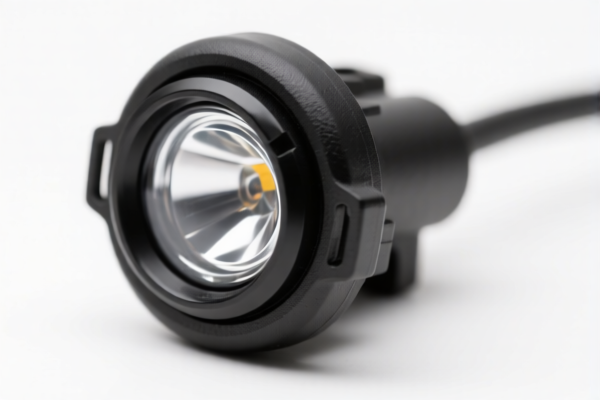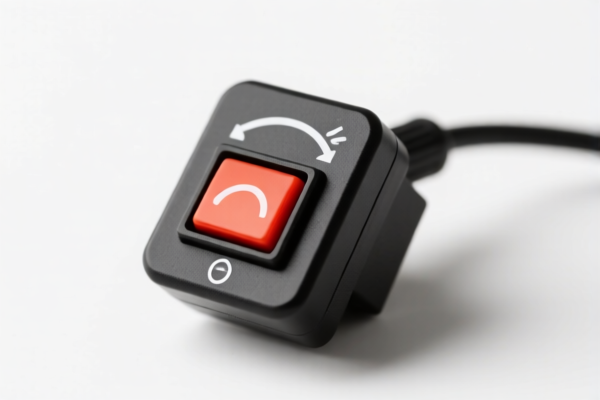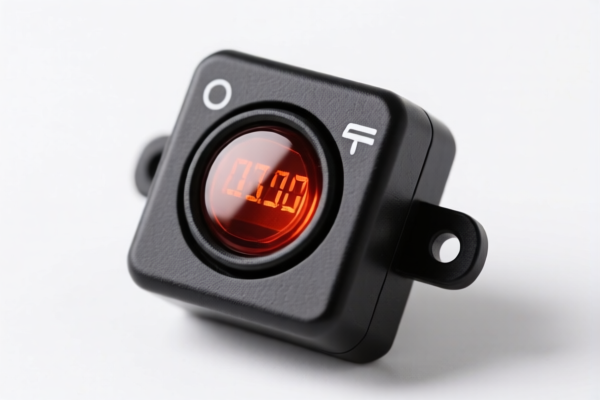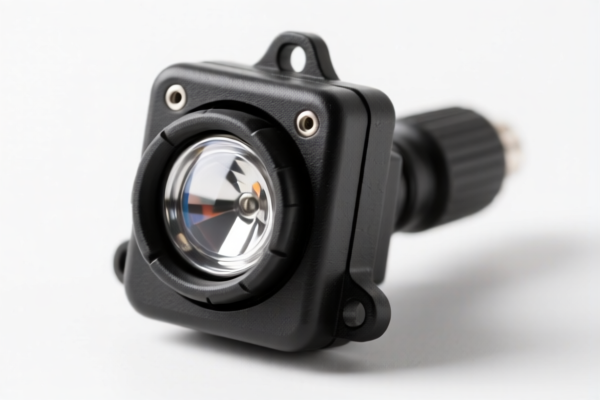| HS Code | Official Doc | Tariff Rate | Origin | Destination | Effective Date |
|---|---|---|---|---|---|
| 8537109170 | Doc | 57.7% | CN | US | 2025-05-12 |
| 8537109160 | Doc | 57.7% | CN | US | 2025-05-12 |
| 8535904000 | Doc | 57.7% | CN | US | 2025-05-12 |
| 8535908060 | Doc | 57.7% | CN | US | 2025-05-12 |
| 8538901000 | Doc | 55.0% | CN | US | 2025-05-12 |
| 8538903000 | Doc | 58.5% | CN | US | 2025-05-12 |
| 8548000000 | Doc | 55.0% | CN | US | 2025-05-12 |
| 8472909080 | Doc | 55.0% | CN | US | 2025-05-12 |
| 8472909060 | Doc | 55.0% | CN | US | 2025-05-12 |
| 8473309100 | Doc | 45.0% | CN | US | 2025-05-12 |
| 8473509000 | Doc | 55.0% | CN | US | 2025-05-12 |
| 8479899550 | Doc | 32.5% | CN | US | 2025-05-12 |
| 8714998000 | Doc | 47.5% | CN | US | 2025-05-12 |




Headlamp Control Module
A headlamp control module (HCM) is an electronic component in a vehicle responsible for managing the operation of its headlights and related lighting systems. It represents a significant advancement over traditional headlight switches and relays, offering increased functionality, reliability, and integration with other vehicle systems.
Material
HCMs are typically constructed using:
- Printed Circuit Board (PCB): The foundation, housing the electronic components. FR-4 epoxy laminate is common due to its robustness and insulating properties.
- Integrated Circuits (ICs): Microcontrollers and driver chips manage the logic and power distribution.
- Discrete Components: Resistors, capacitors, diodes, transistors, MOSFETs – used for specific circuit functions.
- Connectors: Provide the interface to the vehicle's wiring harness, headlights, sensors, and CAN bus network. Typically made of durable plastics with metal contacts.
- Housing: Encapsulates the PCB and components, protecting them from environmental factors. Often made of plastic or metal alloys.
- Heat Sink (optional): Used in modules controlling high-power LEDs or HID lamps to dissipate heat. Typically aluminum.
Purpose
The primary purpose of an HCM is to:
- Control Headlight Operation: Switch headlights on/off, high/low beams, parking lights, turn signals, and other lighting functions.
- Automatic Headlight Control: Enable automatic activation of headlights based on ambient light levels detected by light sensors.
- Adaptive Headlighting: Control headlight aiming based on steering angle, vehicle speed, and other parameters to improve visibility around corners.
- Leveling Control: Adjust headlight beam height to compensate for vehicle load and maintain proper illumination.
- Fault Detection and Diagnostics: Monitor headlight performance and report any errors or malfunctions to the vehicle's diagnostic system.
- Communication with Vehicle Network: Interact with other vehicle systems (e.g., body control module, instrument cluster) via the CAN bus.
Function
HCMs operate by:
- Receiving Input Signals: Input from headlight switch, light sensor, steering angle sensor, vehicle speed sensor, and other relevant sensors.
- Processing Logic: The microcontroller within the HCM interprets these signals based on pre-programmed algorithms and vehicle-specific settings.
- Controlling Power Distribution: The HCM uses relays, MOSFETs, or other switching devices to control the flow of power to the headlights and related components.
- Monitoring and Diagnostics: The HCM continuously monitors the status of the headlights and sensors, detecting any faults or malfunctions.
- Communication: The HCM communicates with other vehicle systems via the CAN bus, providing status information and receiving commands.
Usage Scenarios
- Standard Headlight Control: Basic on/off operation, high/low beam switching.
- Automatic Headlights: Headlights automatically turn on at dusk or when entering a tunnel.
- Adaptive Front-lighting System (AFS): Headlights steer to illuminate curves and corners.
- Automatic High Beam Control: Automatically switch between high and low beams based on oncoming traffic.
- Headlight Leveling: Adjust headlight beam height to compensate for vehicle load.
- Welcome/Coming Home Lighting: Headlights remain on for a short period after the vehicle is locked/unlocked.
- Daytime Running Lights (DRL) Control: Manage the operation of DRLs.
Common Types
- Standalone HCM: A dedicated module solely responsible for headlight control.
- Integrated HCM: Headlight control functions are integrated into a larger module, such as the Body Control Module (BCM). This is increasingly common.
- Single-zone vs. Multi-zone: Single-zone modules control all headlights identically. Multi-zone modules allow for independent control of individual headlights (e.g., for advanced AFS features).
- Halogen/LED/HID Specific: Modules are designed to handle the specific power requirements and control signals of different headlight technologies. LED and HID modules generally require more sophisticated control circuitry.
- CAN bus vs. LIN bus: Modules communicate with the vehicle network using either the CAN (Controller Area Network) or LIN (Local Interconnect Network) protocol. CAN bus is more common in modern vehicles.
Based on the provided information, the following HS codes may be relevant to a headlamp control module:
-
8537.10.91.70: This HS code covers boards, panels, consoles, desks, cabinets and other bases, equipped with two or more apparatus of heading 8535 or 8536, for electric control or the distribution of electricity, including those incorporating instruments or apparatus of chapter 90, and numerical control apparatus, other than switching apparatus of heading 8517, for a voltage not exceeding 1,000 V, categorized as 'Other: Other'. This could apply if the headlamp control module is integrated into a larger control panel or board. The base tariff is 2.7%, with an additional tariff of 25.0%, increasing to 30.0% after April 2, 2025, resulting in a total tariff of 57.7%.
-
8537.10.91.60: Similar to the above, this HS code also covers boards, panels, consoles, desks, cabinets and other bases equipped with electric control apparatus (voltage not exceeding 1,000 V), specifically categorized as 'Other: Other Programmable controllers'. If the headlamp control module functions as a programmable controller, this HS code may be applicable. The tariff structure is identical to 8537.10.91.70: 2.7% base tariff, 25.0% additional tariff (increasing to 30.0% after April 2, 2025), for a total of 57.7%.
-
8548.00.00: This HS code covers electrical parts of machinery or apparatus, not specified or included elsewhere in this chapter. If the headlamp control module is considered a distinct electrical component not falling under other specific classifications, this HS code may be relevant. The base tariff is 0.0%, with an additional tariff of 25.0%, increasing to 30.0% after April 2, 2025, resulting in a total tariff of 55.0%.
According to the provided reference material, the HS code options related to 'headlamp control module' are limited, with only the following 3 found.
Customer Reviews
No reviews yet.